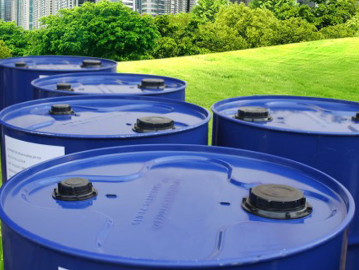
To achieve a perfect seal with polyurethane sealant, it is important to follow a systematic and detailed approach. Below are the steps to achieve a perfect seal with polyurethane sealant:
1. Surface Preparation:
- Start by cleaning the surface where the sealant will be applied. Use a suitable cleaner or solvent to remove any dirt, dust, grease, or debris.
- Use sandpaper or a wire brush to remove any loose paint, rust, or old sealant residue from the surface.
- Make sure the surface is dry and free from moisture before applying the sealant.
2. Choose the Right Sealant:
- Select a high-quality polyurethane sealant that is suitable for the specific application and materials involved.
- Consider factors such as the intended use, temperature resistance, flexibility, and compatibility with the surface material.
- Read and follow the manufacturer's instructions regarding application and curing time for best results.
3. Apply Masking Tape:
- Use masking tape to create clean and straight lines along the edges of the area to be sealed.
- This will help to prevent accidental spreading of the sealant onto the adjacent surfaces and ensure a neat finish.
4. Load the Sealant:
- Load the polyurethane sealant into a suitable application tool, such as a caulk gun or a sealant cartridge.
- Cut the tip of the cartridge at an angle to obtain the desired bead size. Ensure the hole is not too large or too small for the intended application.
- Insert the cartridge into the caulk gun and push the plunger to load the sealant into the gun.
5. Apply the Sealant:
- Hold the caulk gun at a 45-degree angle to the surface and slowly squeeze the trigger to apply an even bead of sealant.
- Start from one end of the area to be sealed and work in a consistent and smooth motion towards the other end.
- Apply just enough pressure on the caulk gun to achieve a consistent bead thickness without over-applying the sealant.
- Maintain a steady pace and do not stop or lift the gun during the application to avoid uneven beads and gaps.
6. Tool the Sealant:
- Immediately after applying the sealant, use a suitable tool, such as a caulk finishing tool or a putty knife, to smooth and shape the bead.
- Wetting the tool with water or a suitable solvent can prevent the sealant from sticking during the tooling process.
- Use long, sweeping motions to create a straight and tapered bead with a smooth, uniform finish.
- Remove any excess sealant that may have spread onto the adjacent surfaces or masking tape.
7. Remove Masking Tape:
- Carefully remove the masking tape while the sealant is still wet to avoid tearing or pulling the sealant.
- Pull the tape away at an angle to avoid disturbing the freshly applied sealant and to achieve clean and crisp edges.
8. Allow Curing:
- Allow the polyurethane sealant to cure as per the manufacturer's instructions.
- Avoid exposing the freshly sealed area to moisture, excessive heat, or contact until the sealant has fully cured.
- Curing times may vary depending on the specific sealant used, but it is generally recommended to allow at least 24-48 hours for complete curing.
By following these steps, you can achieve a perfect seal with polyurethane sealant. The key is to invest time and effort in proper surface preparation, selecting the right sealant, applying it evenly and smoothly, tooling it for a neat finish, and allowing sufficient time for curing.